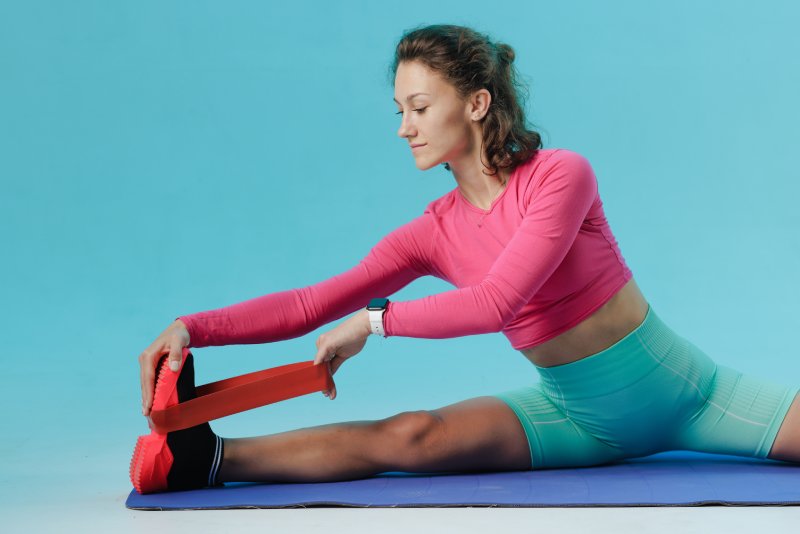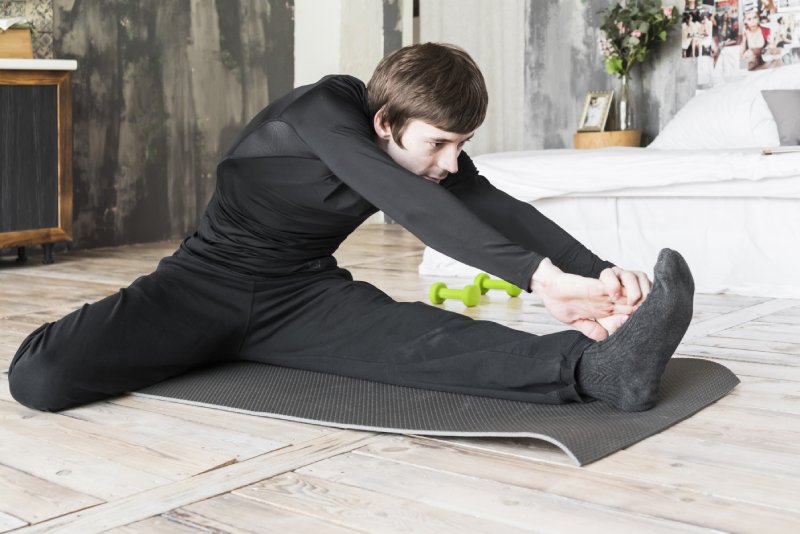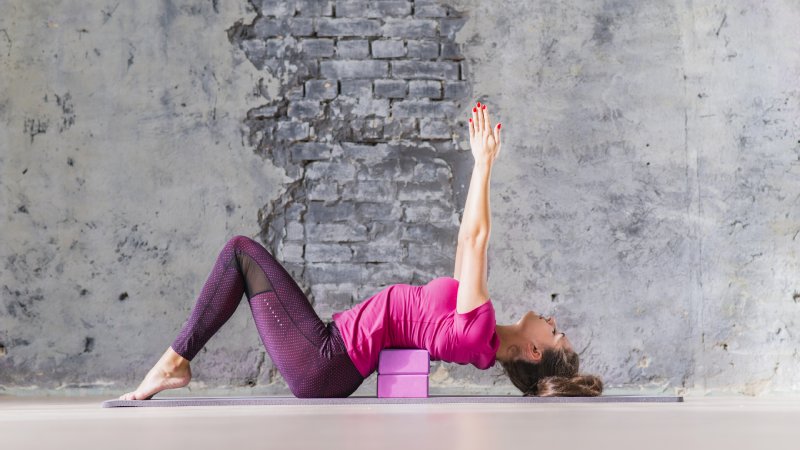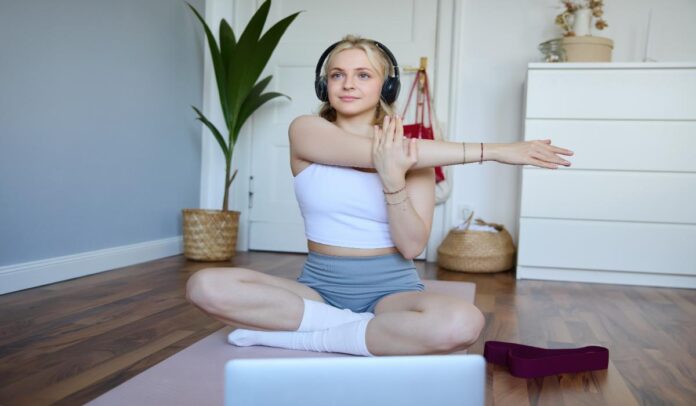Flexibility exercises are exercises performed to increase the mobility of muscles and joints, prevent injuries and make the body more balanced. These exercises are very important for both athletes and individuals who want to move more comfortably in their daily lives. Regular stretching exercises help relax the muscles, increase blood circulation and reduce muscle pain.
The most popular flexibility exercises include static stretching, dynamic stretching, and yoga poses. Static stretching involves holding a muscle group in a specific position for 15–30 seconds. This type of stretching is preferred after a workout. Dynamic stretching involves stretching the muscles while they are moving and is usually done before a warm-up. For example, arm swings, leg swings, or light walking are types of dynamic stretching.
Yoga is one of the most effective methods for developing flexibility and has been increasingly popular in recent years. Yoga poses, especially “Downward Dog,” “Cobra Pose,” and “Child’s Pose,” increase body awareness by stretching the back, waist, leg, and hip muscles. These types of flexibility exercises not only provide physical relaxation, but also offer great benefits in terms of mental calmness and stress management.

What are the Types of Flexibility Exercises?
Flexibility exercises are exercises performed to increase muscle length, improve joint range of motion, and increase overall mobility. Different types of stretching are applied according to various purposes and body needs. Individuals who do sports in particular should do these exercises regularly to increase their performance and prevent injuries. However, not only athletes, but also individuals of all ages can benefit from flexibility exercises to improve their quality of daily life.
- Static Stretching: Static stretching is a type of stretching that involves stretching a specific muscle group to the end point and holding that position for 15–60 seconds. These types of exercises are usually performed after a workout because the muscles are warmed up enough and the risk of injury is lower. The most common examples of static stretching include hamstring stretches, calf stretches, and shoulder stretches.
- Dynamic Stretching: Dynamic stretching involves stretching the body while moving. These exercises increase flexibility while warming up the muscles, so they are ideal as a pre-workout warm-up. Examples of dynamic stretching include arm swings, leg swings, knee lifts, and light side steps. These pre-workout moves both stretch and prepare the muscles.
- Ballistic Stretching: Ballistic stretching is based on the principle of stretching the muscles with fast and jumping movements. Since this method involves high-tempo and sudden movements, it should usually be done by professional athletes and with caution. For example, bending and standing up quickly towards your toes while standing is an example of ballistic stretching. However, it carries the risk of injury when applied uncontrolled.
- PNF (Proprioceptive Neuromuscular Facilitation): PNF stretching is an advanced stretching technique applied with muscle contractions and relaxations. It is usually done with a partner. The muscle is first contracted, then relaxed, and then a deeper stretch is applied. This technique is used especially by physiotherapists in the rehabilitation process or flexibility increase programs. It can provide much more effective and faster results than static stretching.
- Active and Passive Stretching: Active stretching is the process of stretching a muscle group with our own strength. For example, stretching your arm overhead is an active stretch. Passive stretching is a type of stretching that is done with the help of an external force (a partner, equipment, or gravity). Passive stretching provides deeper and longer-lasting stretching, but should be done with caution.
Flexibility exercises not only increase physical performance, but also improve posture, reduce muscle tension and have positive effects on overall health. The type of stretching to be used should be determined by the individual’s age, physical condition and exercise goals. When performed regularly and with the right technique, flexibility exercises significantly improve the quality of life.

Benefits of Flexibility Exercises
Flexibility exercises are important exercises that help muscles and joints maintain and develop their natural range of motion. These exercises are beneficial not only for athletes but also for individuals of all ages. The stress of daily life, long periods of sitting and inactivity can reduce the flexibility of the body over time. Flexibility exercises can reverse these negative effects and have many positive results on the body.
- Increases Mobility… When flexibility exercises are done regularly, muscles and joints move more freely. In this way, the body behaves more comfortably in daily movements such as walking, bending, and climbing stairs. Increasing range of motion prevents stiffness and movement restrictions, especially encountered with age.
- Reduces the Risk of Injury… Sudden movements made during exercise or in daily life can cause muscle strain and injury. Flexible muscles are more durable and flexible, so such risks are reduced. Dynamic stretching movements, especially before sports, help to prepare the muscles and prevent possible injuries.
- Eliminates Postural Disorders… Postural disorders, which are frequently seen in people who work at a desk for long periods, cause neck, back and waist pain. Flexibility exercises allow the muscles in these areas to relax and help the skeletal system return to its natural alignment. In this way, spinal health is protected and posture is corrected.
- Reduces Muscle Tension and Stress… Stress can cause muscle tension in the body. This tension, which accumulates especially in the neck, shoulder and back area, can turn into chronic pain over time. Flexibility exercises provide both physical and mental relief as they allow the muscles to relax. Flexibility-focused exercises such as yoga are very effective in coping with stress.
- Improves Blood Circulation… Stretching movements increase blood flow to the muscles. This helps the muscles repair faster, eliminate toxins from the body and speed up the overall metabolism. Static stretching, especially after training, helps the muscles recover more quickly.
- Slows Down the Effects of Aging… Over time, muscles shorten, harden, and become restricted in movement. Flexibility exercises slow down this process and allow muscles and joints to maintain their function. Individuals who stretch regularly can remain more active, independent, and healthy as they age. This significantly increases their quality of life.

Flexibility exercises not only increase body flexibility, but also offer versatile benefits on overall health. They make daily life easier, reduce pain, improve posture and provide mental relaxation. Therefore, it is recommended that each individual include flexibility exercises appropriate to their age and physical condition in their life routine.



